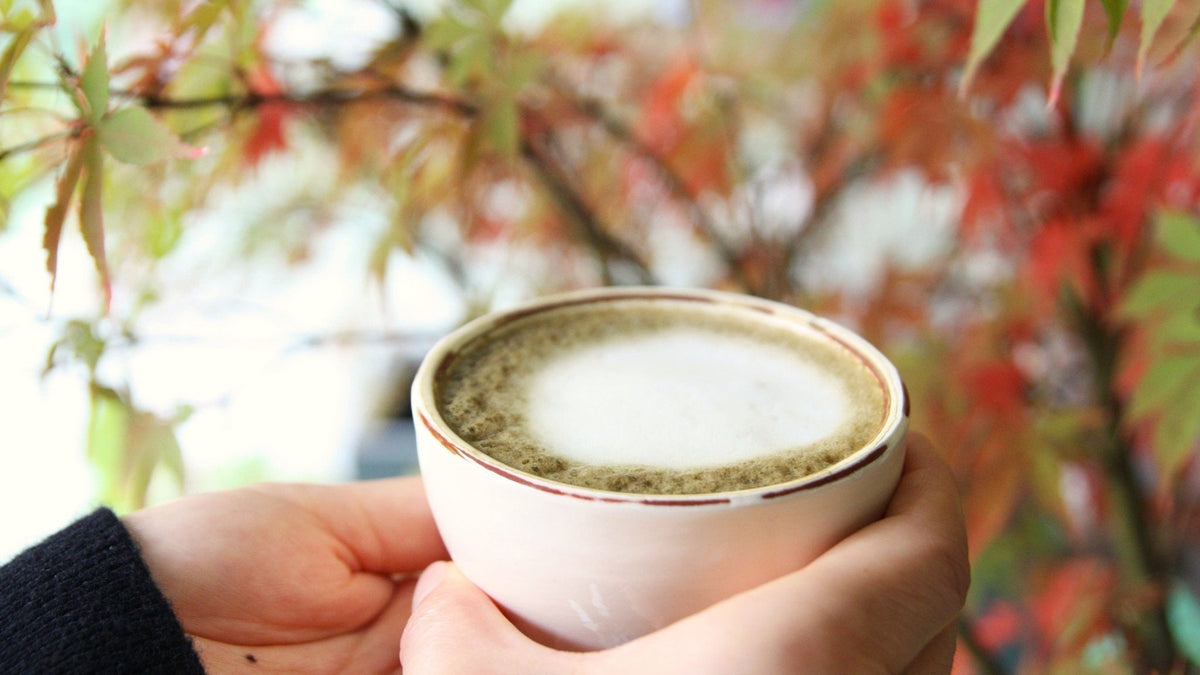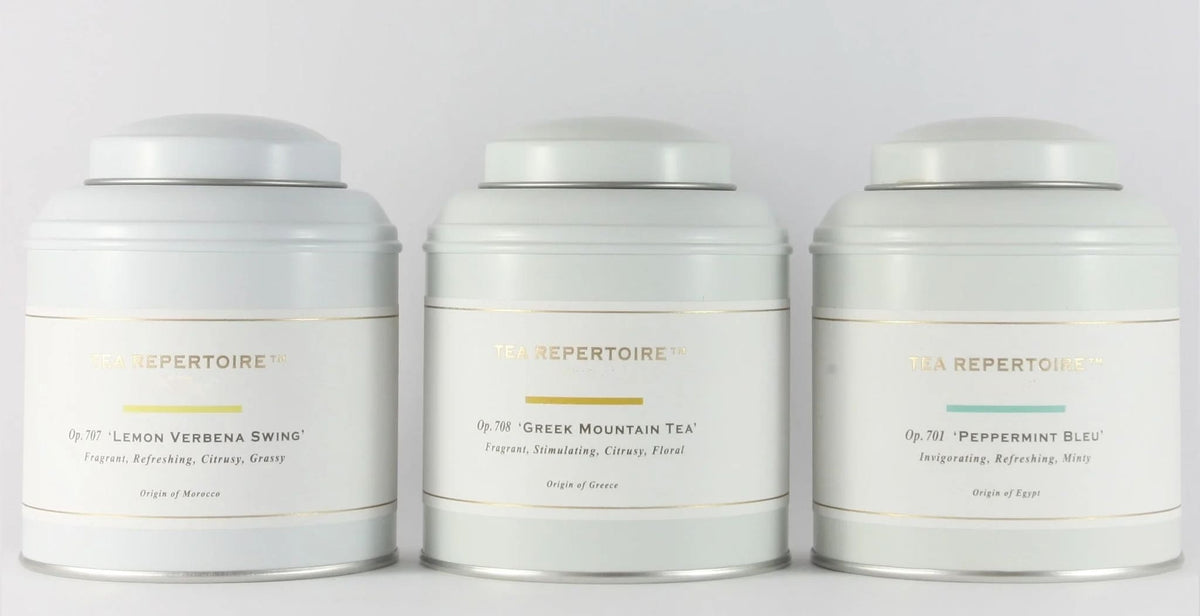When Tea Was An Art
Back in the early 19th century, art was still the main form for expressing emotions and recording everyday life. Without digital technology, artistic talent and skills were valued in a greater scale than today. Even in tea production, only those with skillful hands and deep knowledge could craft a good tea. Fine art was reserved for the nobility, and so was the tea. As tea was considered a form of art and exclusively reserved for the high society, it wasn't widely accessible in all its purity and grandiosity. Poor people were still offered a chance for their own cup of tea, but leaves were more than often mixed with other condiments. In Japan it was with rice, creating the popular genmaicha, in England black tea was blended with leaves from other plants and even with donkey dung or copper ashand in China, tea for the poor was just an ordinary cup of hot water, called white tea back then.
History of tea and art

Considered as an elixir that illuminates our mind and purifies our body and soul, Tea has been a great inspiration for literatis and zen buddhist monks in China, Korea and Japan. The close link between teaism and taoism was embraced and tea was regarded as a religion of the art of life, as expressed below by Okakura Kabuzo in his book “The Book of Tea” (1906).
Tea with us became more than an idealization of the form of drinking; it is a religion of the art of life... Teaism was Taoism in disguise. - “The Book Of Tea” (1906) by Okakura Kakuzo
Tea was a loved beverage among literatis. Tea competitions were followed by reading poetry and tea was appreciated at a much higher level from ordinary sipping. Even the Chinese opera has found inspiration in the tea picking songs. The annual Japanese dances of geisha could not go without a tea. Once considered the highest embodiment of art, geishas were well trained to serve tea to guests of the highest ranks. In Asia, tea and art were inseparable. Producing, brewing, serving and drinking tea - they were all considered an art.
Tea and Paintings
When tea was first brought to Europe, it was treated as a luxury product. It became a foundation of lavishing tea parties and social gatherings. The main difference was that instead of art, food became the most important aspect of tea parties. Astonishing tea feasts were organized by all those who belonged to higher class. As such, they were often captured on paintings. The golden age of tea art in the western world was the first half of the 19th century. Tea found its way in many art movements, from impressionism to realism. The most prominent among them, American painters Mary Cassatt and Edward Cucuel, and French realist Frédéric Soulacroix made tea parties timeless. From 5 o'clock tea to tea parties in park, their art is still holding the spark of the forgotten tea banquet. Their art is also the proof how tea appreciation has undoubtedly changed.
Changing Times
Decades after, seven divisions of art were slowly replaced by ordinariness. Even the younger generations in traditional tea producing countries have lost its touch with the remarkable tea drinking tradition. In the western world tea lost its value almost completely. Mass market production in the tea industry isn't much different from a mass market art. Copy and paste became evident even in the tea assortment. It became very easy to photoshop the leaves by adding artificial flavors and numerous condiments, to create an instantly appealing look and scent, but hiding the true soul of the tea, the soul that should reflect the origin of the terroir and the great tea culture and tradition. Most decided to take the path of abstractionism without even mastering the basic forms of art. But, how good can abstract expressionism in tea be?
Not all has been lost. There are still small scale producers that treat tea leaves with the utmost respect and produce small batches of unique tea. The tea they produce is called artisan tea. They still preserve the tradition, care about the soil and craftsmanship. Every tea they craft stands out for the unique character and personality. It is our belief that these teas still deserve to be called an art.
Leave a comment
Comments will be approved before showing up.
Also in TEA JOURNAL

The ultimate guide to matcha
Looking to master matcha? Learn how to choose the best matcha powder, prepare traditional Koicha and Usucha, understand flavor notes, and unlock powerful health benefits in this all-in-one guide.

How to Make the Perfect Hojicha Latte – A Barista’s Guide from Tea Repertoire
Discover how to craft the perfect Hojicha Latte — a smooth, nutty Japanese roasted tea drink that’s as comforting as it is refined. In this barista-approved recipe, Tea Repertoire shares the secrets behind achieving the ideal balance between roasted depth and creamy sweetness using organic Hojicha powder sourced directly from Shizuoka, Japan.

A Guide to Gifting Tea
A Guide to Gifting Tea: The Perfect Tea for Every Taste
Looking for the ideal tea gift? Whether it’s smooth Taiwanese oolongs, fragrant Jasmine Phoenix Pearls, or caffeine-free herbal teas, Tea Repertoire offers thoughtful recommendations to delight any tea lover. From rare Yunnan Purple Buds to crowd-pleasing Black Forest, discover premium teas for every palate. Learn more.

